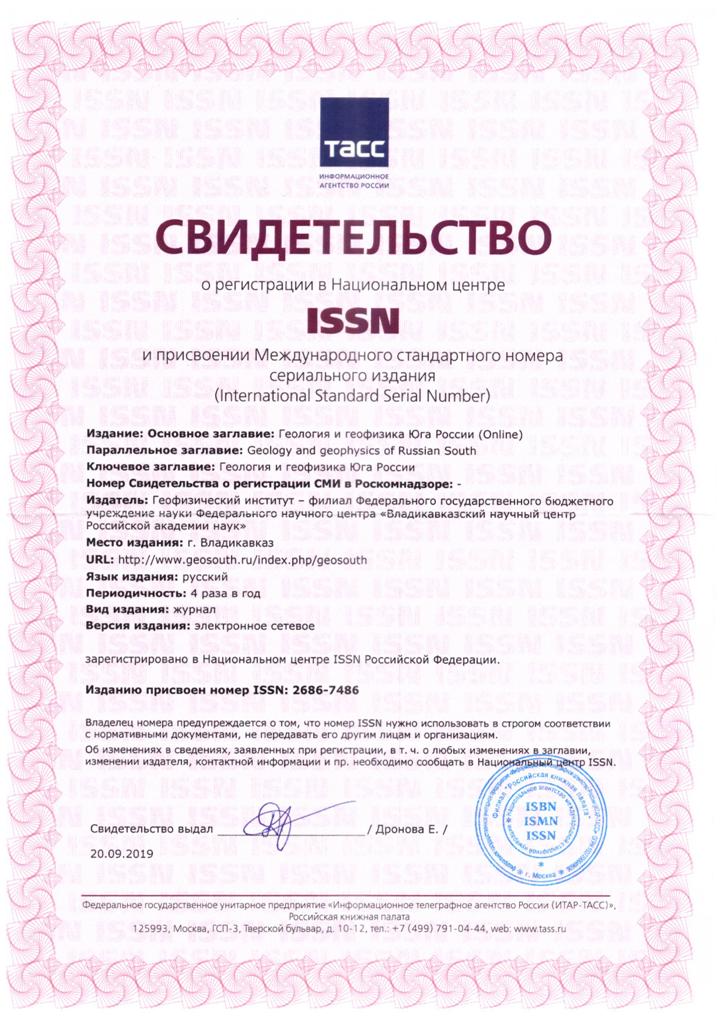Conditions of formation of the alpine folded system of the Greater Caucasus and unique features of it’s structure
Abstract
The article considers the conditions of formation of folded system of the Greater Caucasus in the Alpine Epoch. It is shown that main zonal linear folded structure of the region was formed at the early and middle Alpine stages of the evolution in the result of manifestation of Bathonian and Pyrenean stages of folding. It was established that the cause of the folding was an active collision of the Black Sea-Transcaucasian microcontinent in the south-west with the passive margin of the Greater Caucasus. It was also determined that the Late Alpine stage in the region took place under the conditions ofsubmeridional tangential stress, during the Pliocene-Quarternary folding phases. During this period the Greater Caucasus was affected not by the whole Black Sea-Transcaucasian microcontinent, but by its smaller plates and blocks. It was found out that during the process of tectogenesis they drifted and obliquely moved into the folded system of the Greater Caucasus, causing the transformation of the initial structure and the occurrence of interferential folding. In the result of repeated deformation of separate areas of the region the heterogeneous folded structure was formed. The main feature of the folded structures of the Greater Caucasus (expressed by a structural heterogeny in transversal and longitudinal directions) was studied. It was determined that it reflects the gradual and diverse deformation of individual sections, resulting from the consistent manifestation of the local and regional geodynamics of the microcontinent, as well as the common and specific mechanisms of its formation associated with them. The structural analysis of the morphology of folding of the Great Caucasus really showed its uneven dislocation, i. e. the N-W and S-E of the segments, composed mainly of early and middle Alpine structures, expressed in varying degrees of complication by collisional deformations. So, within the Malm-Eocene structural floor of the northwestern Caucasus, the Early Alpine structure of which is less than all the other segments, is complicated by collimated deformations, the lateral asymmetric zonality of its folded structure is clearly manifested. It is expressed in a successive change from the south-west to the north-east of intensive linear highly compressed folding with linear ridge-like, and then slightly elongated typical brachymorphic folds, which turn into a hollow sloping to the north-east monocline.


